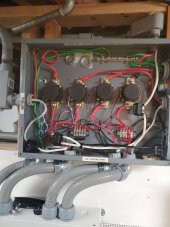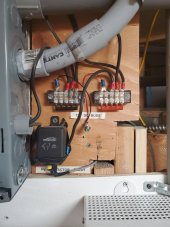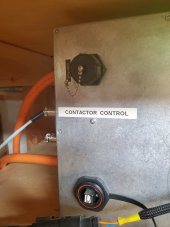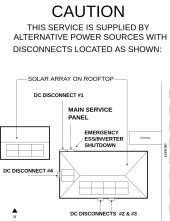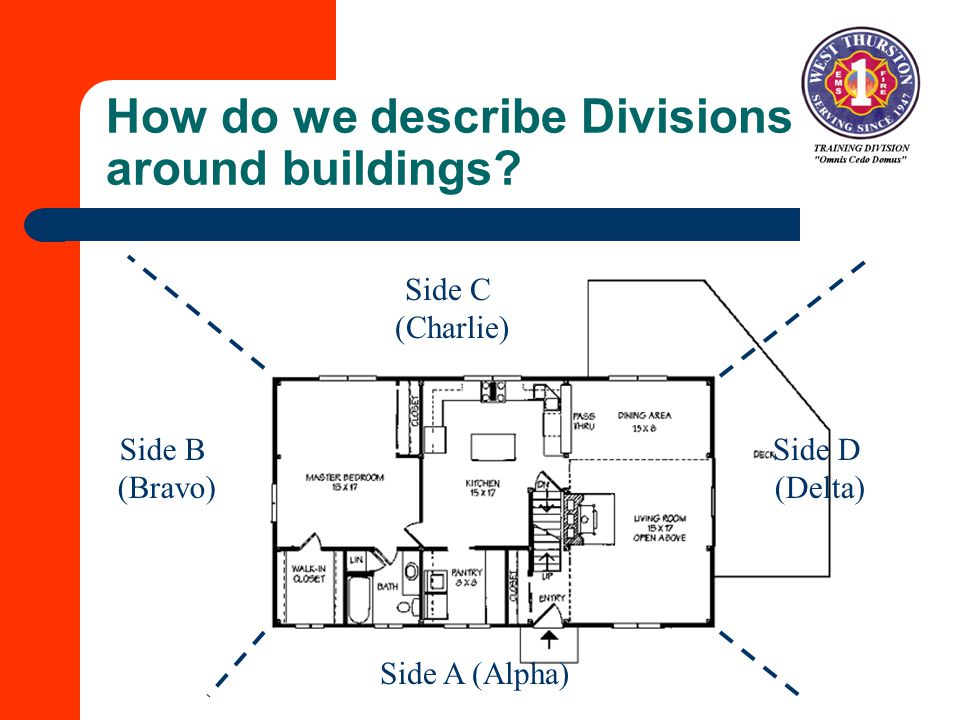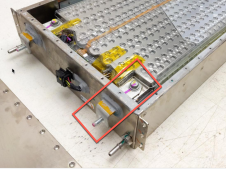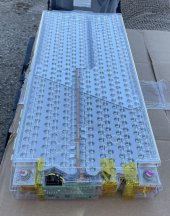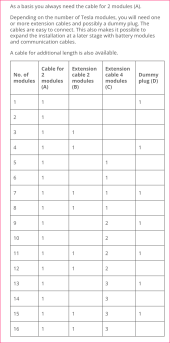Each Tesla battery module as supplied comes with a tightly fitting top and bottom protective plastic cover. To further protect the entire face of the battery module, it's a good idea to place individual sheets of electrical grade fiberglass between each module. Some of the 5 modules I purchased yesterday did not appear to come with the insulating sheets that some ship with, if you or anyone reading your blog need a good replacement, here's a link:

 www.mcmaster.com
www.mcmaster.com
0.125" x 12" x 36" electrical grade fiberglass (also called GPO3) purchased to insulate each module from each other. (McMaster Carr, part number 3345K51, at $18.48 per 12" x 36" sheet). If you need more of the orange Kapton tape, you can find it here: https://www.uline.com/BL_6407/Kapto...gclid=CPWO2_v4y9ACFZA2aQod4YMFgQ&gclsrc=aw.ds
They're even the right color.... LOL ?
PS: When buying modules, if you have the vin but are unable to get the year of the car from the seller, you can use this vin decoder: https://teslamotorsclub.com/tmc/threads/decoding-tesla-model-s-vins.7638/

McMaster-Carr
McMaster-Carr is the complete source for your plant with over 595,000 products. 98% of products ordered ship from stock and deliver same or next day.
0.125" x 12" x 36" electrical grade fiberglass (also called GPO3) purchased to insulate each module from each other. (McMaster Carr, part number 3345K51, at $18.48 per 12" x 36" sheet). If you need more of the orange Kapton tape, you can find it here: https://www.uline.com/BL_6407/Kapto...gclid=CPWO2_v4y9ACFZA2aQod4YMFgQ&gclsrc=aw.ds
They're even the right color.... LOL ?
PS: When buying modules, if you have the vin but are unable to get the year of the car from the seller, you can use this vin decoder: https://teslamotorsclub.com/tmc/threads/decoding-tesla-model-s-vins.7638/
Last edited:



